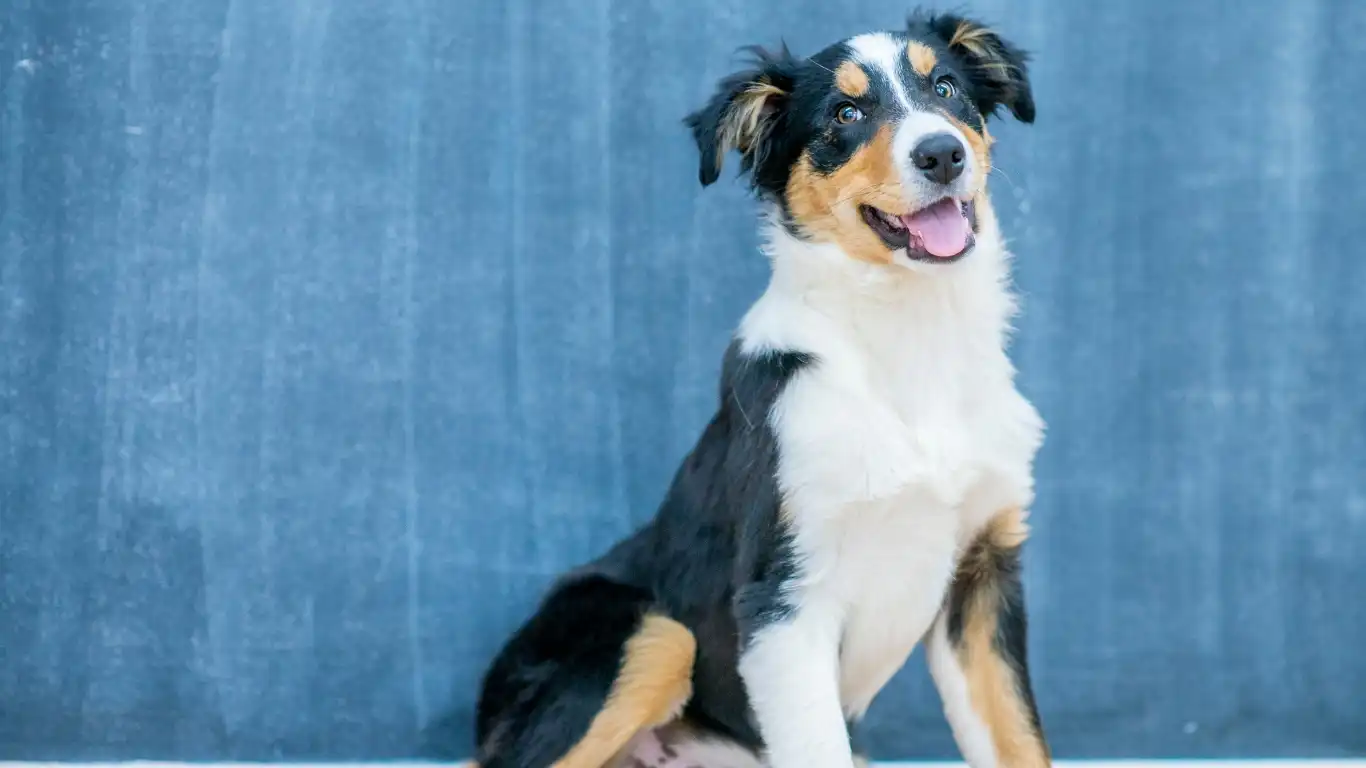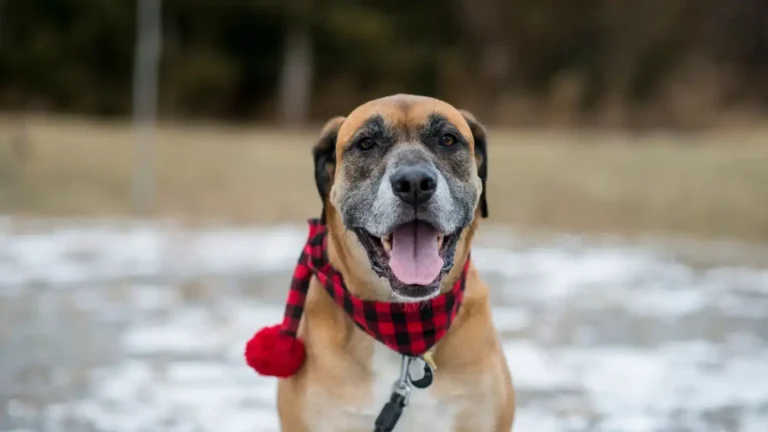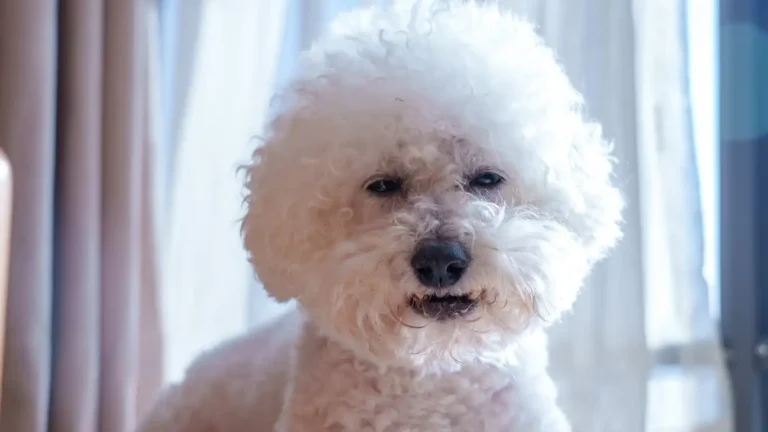How to Dog-Proof a Balcony or Patio for Stress-Free Outdoor Time
So you’ve got a dog and a balcony or patio. Trust me, as a vet tech who’s spent more time than I’d like patching up pups who got a little *too* adventurous, I can tell you this — figuring out how to dog-proof a balcony or patio is way more important than most people realize. Whether you’re in a high-rise apartment or just have a backyard deck, creating a space that’s both fun and safe for your furry friend takes more than just crossing your fingers and hoping for the best. Been there, treated that.
Why Dog-Proofing Your Outdoor Space Is a Must

Dogs are curious. It’s in their DNA. Sniffing, climbing, squeezing into weird corners — it’s all part of the charm. But when you combine that curiosity with an open patio railing or a balcony several stories high, the risks get real — fast. I once had a client whose little terrier tried to squeeze through balcony bars chasing a bird. Let’s just say, thank goodness for quick reflexes and a pet gate.
Dog-proofing isn’t just about preventing falls either. There’s a laundry list of other dangers: toxic plants, sharp objects, unstable furniture, and even overheating in direct sunlight. Creating a safe, stimulating space outdoors means you get peace of mind, and your pup gets the freedom they crave — minus the drama and vet bills.
Assess the Risks First
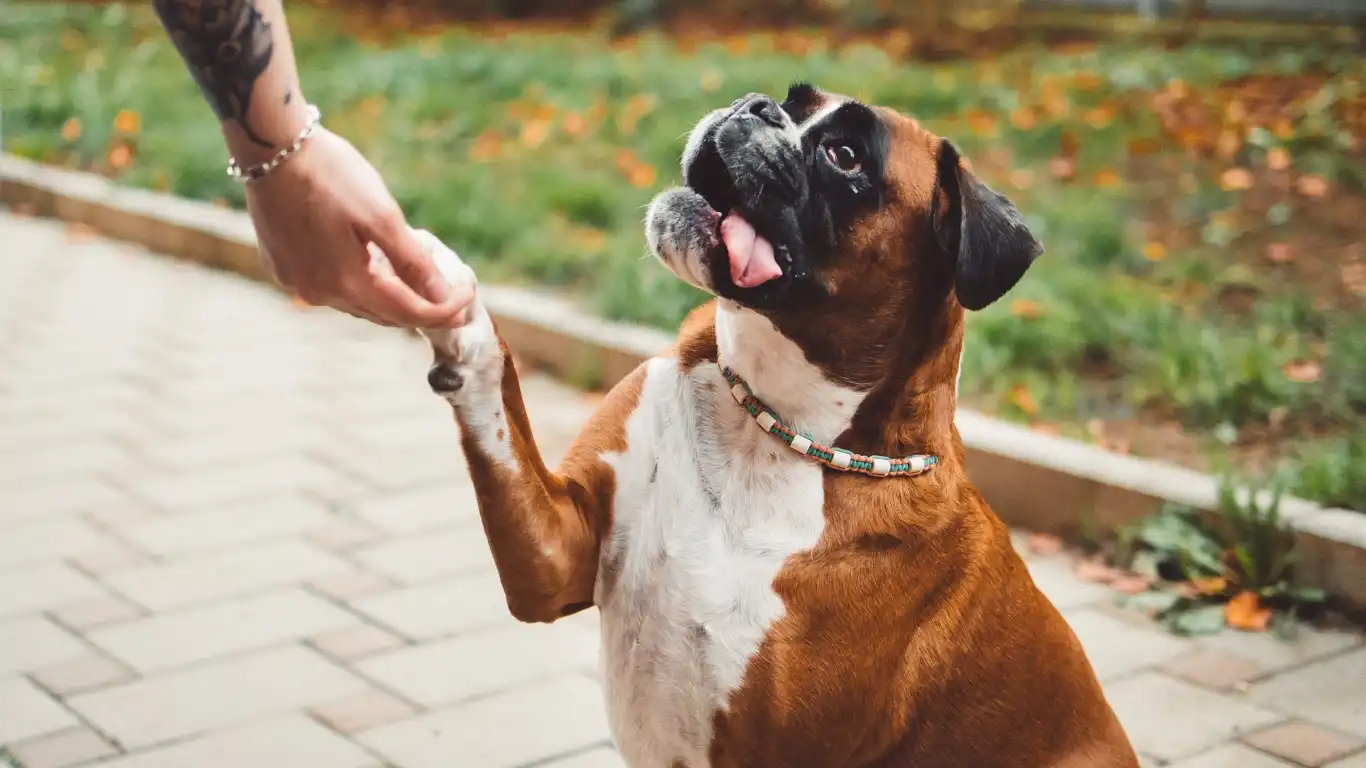
Height and Fall Hazards
If your balcony or patio is elevated, your top priority is securing the perimeter. Dogs don’t always have a sense of danger, especially when they’re hyped up by a squirrel or chasing shadows. Look for:
- Wide gaps between rails that smaller dogs can slip through
- Railing height that’s low enough for a dog to climb or jump over
- Furniture that acts like a springboard to the railing (think: lounge chairs too close to the edge)
One client of mine had an enthusiastic Golden Retriever who used their patio table to leap onto the railing. We had to completely rearrange and rethink the furniture layout. Now he just lounges safely with his chew toy and a good view — no daredevil stunts.
Toxic Plants and Dangerous Decor
This one’s big. Dogs love to nibble, and a lot of common patio plants are straight-up toxic. I’ve treated cases of lily poisoning and sago palm ingestion — both of which can be deadly. Here’s a quick list of no-go plants:
- Sago palm
- Oleander
- Aloe vera (yep, surprising, right?)
- Lilies
- Azaleas
If you’ve got plants out there, double-check that they’re dog-safe. Replace the toxic ones with pet-friendly options like bamboo palm, calathea, or spider plants. Your dog will thank you (probably with drool, but it’s gratitude nonetheless).
Barrier Options That Actually Work
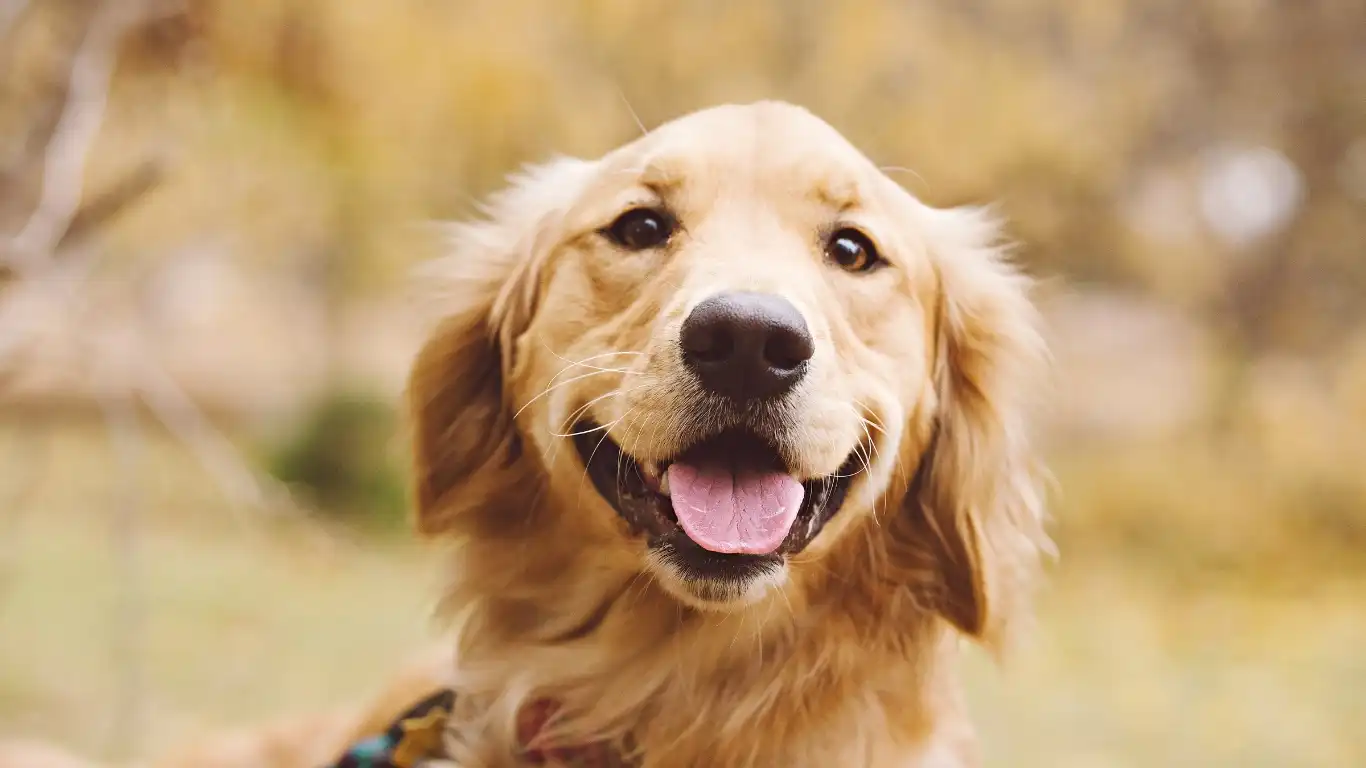
Plexiglass or Mesh Fencing
This is one of my go-to recommendations. It’s relatively easy to install and doesn’t wreck your aesthetic. Clear plexiglass sheets can cover balcony rails without blocking your view, while durable mesh fencing can be secured to prevent climbing or slipping through gaps. I used this setup on my own apartment balcony, and it’s held up to everything from 80 lb labs to determined little Yorkies.
Heavy-Duty Pet Gates
If you’ve got stairs or entrances to secure, a solid pet gate makes a huge difference. Make sure it’s chew-resistant and tall enough to deter jumpers. Bonus if it has a locking mechanism. I always recommend metal over plastic — plastic might be fine for puppies, but a determined chewer will turn it into confetti in no time.
Shade and Shelter
Even if your pup’s not on the balcony all day, make sure they’ve got a shaded area. Heat stroke can sneak up fast — especially in breeds like Bulldogs or Pugs. A covered canopy, large umbrella, or even a DIY tarp setup can make all the difference.
Comfort and Enrichment: Keeping Your Pup Happy Out There
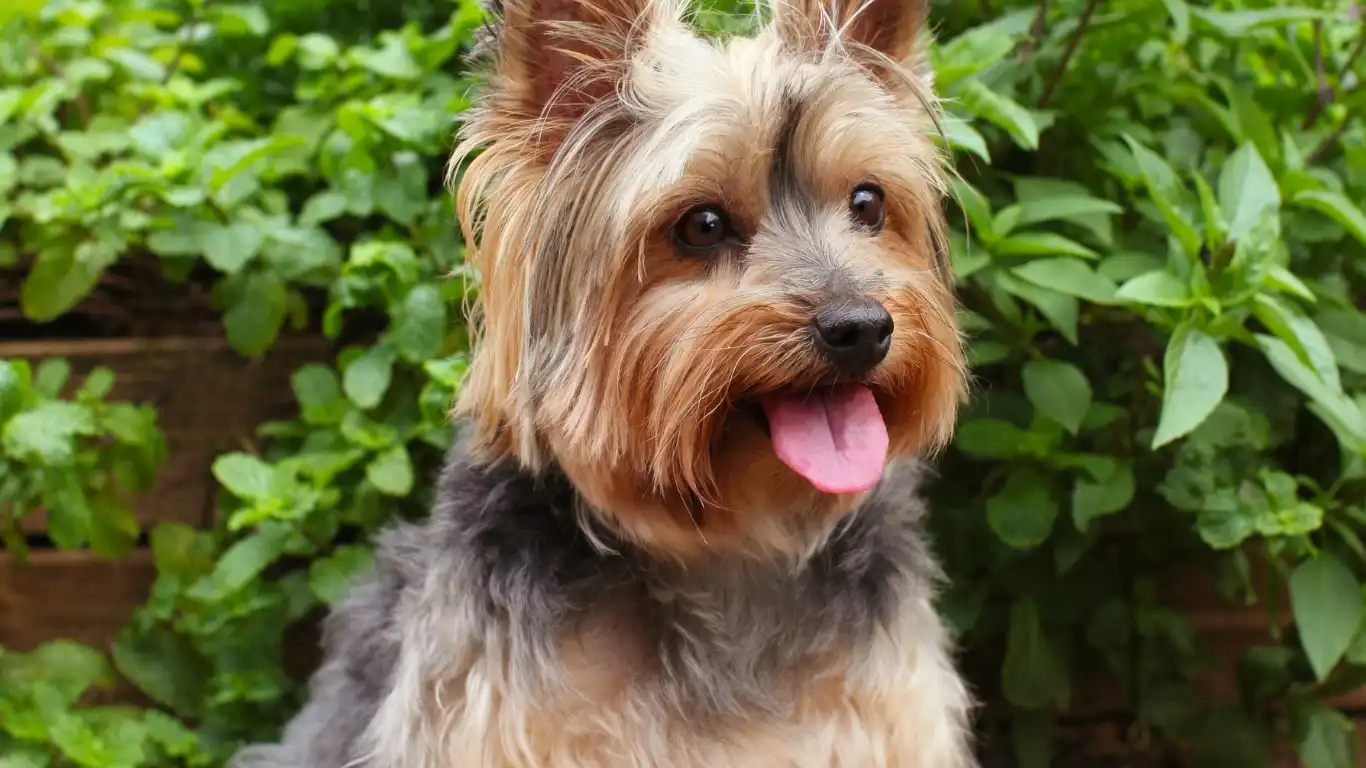
Now that we’ve covered the safety basics, let’s talk comfort and enrichment. Because, let’s be honest — just having a dog-safe balcony or patio isn’t enough. If it’s boring or uncomfortable, your dog’s not going to want to hang out there (or worse, they’ll try to find their own entertainment… and that usually ends with shredded furniture or an escape attempt).
Over the years, I’ve worked with lots of pet parents who nailed the “safe” part but forgot to make the space inviting. I always say: If you wouldn’t want to chill there, your dog probably doesn’t either.
Comfy Lounging Zones
Think soft surfaces, shaded nooks, and spots that soak up just the right amount of sun. I personally love outdoor dog beds with waterproof covers — they’re easy to clean and withstand slobber, dirt, and the occasional accidental potty break. Throw in a few cozy blankets or cushions, and it becomes your pup’s personal paradise.
Just avoid putting soft bedding too close to the edge if you’re working with an elevated balcony. You don’t want your dog using their bed as a launchpad for adventure.
Enrichment Toys and Activities
This one’s a game-changer. Dogs need mental stimulation, especially if they’re spending time outside solo. Some favorites that work well outdoors:
- Frozen treat puzzles: Stuff a Kong with peanut butter and freeze it.
- Snuffle mats: Hide treats in a fabric mat for sniffing fun.
- Interactive chew toys: Especially those made for outdoor use and tough chewers.
I once had a client with a super smart Border Collie mix — she was getting into everything, even trying to chew the patio railing (yikes). We introduced frozen enrichment puzzles and rotating toys. It kept her occupied and gave her something positive to focus on, especially when her humans weren’t home.
Climate Considerations and Seasonal Adjustments

Hot Weather Precautions
If you live somewhere with sizzling summers (I’m in Texas, so I feel your pain), heat can be a serious issue. Dogs can’t sweat like we do, and overheating happens faster than most pet parents realize. A few must-dos:
- Provide constant access to fresh water. Spill-proof bowls or mounted dispensers are great.
- Add a shaded area — umbrellas, canopies, or even a cooling mat in a corner works wonders.
- Test surfaces with your hand — if the concrete’s too hot for you, it’s too hot for their paws.
For brachycephalic breeds (like Bulldogs, Pugs, Boxers), the risk is even higher. I always recommend only letting them out during the cooler parts of the day and keeping it short and sweet.
Cold Weather Setups
On the flip side, cold climates bring their own challenges. You might think your dog loves the chill, but not every pup is built for winter lounging. For those cozy outdoor hangs when it’s brisk:
- Elevated dog beds with insulated pads
- Blankets or outdoor-rated heated mats (yep, those exist!)
- Wind-blocking panels or privacy screens
My own pup, a lean little Vizsla, shivers if the temp drops below 60°F. We rigged up a DIY patio tent with weatherproof panels and a heating pad. He struts out there like he owns the place now.
Training Tips for Balcony and Patio Time

Supervised Exploration First
Before giving your dog free rein outside, start with short, supervised sessions. Let them sniff around, test the space, and get used to their new hangout zone. Keep it positive — treats, praise, the works. That way, they’ll associate the area with good vibes from the start.
I’ve had a few clients skip this step and go straight to unsupervised access, and let’s just say… it didn’t go well. One beagle ended up digging up half a potted plant and smearing dirt everywhere. Lesson learned: ease them into it.
Reinforce Calm Behavior
The goal is to help your dog see the patio or balcony as a place to relax, not to freak out at every passing bird or bark at neighbors nonstop. Use basic commands like “settle” or “place” with a dedicated outdoor mat or bed. Reinforce with treats when they stay calm and chill.
And if your dog is reactive or prone to getting overstimulated, adding visual barriers like outdoor curtains or privacy fencing can help block distractions.
Behavioral Red Flags to Watch For
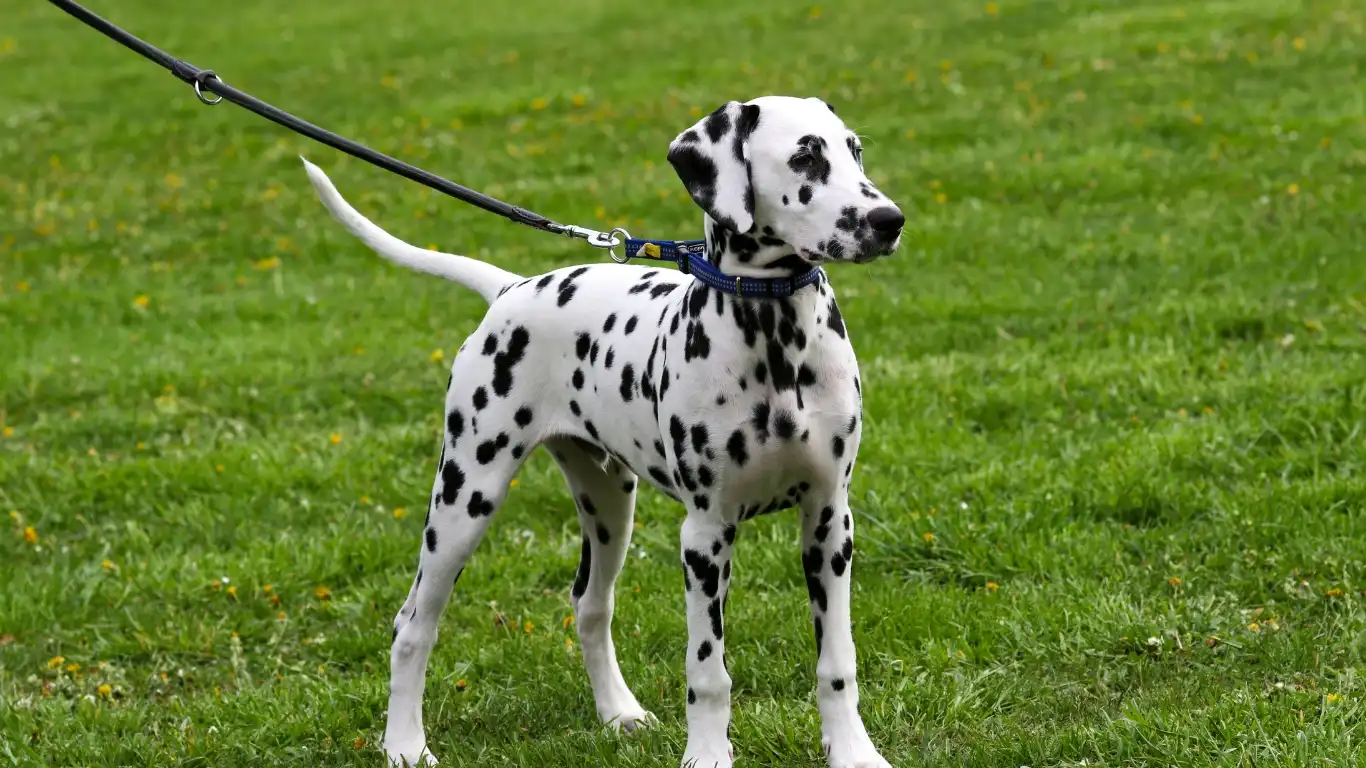
Even with the most perfectly designed outdoor space, some dogs just aren’t cut out for balcony or patio time — at least not without a little extra support. As someone who’s worked in both clinical and behavioral cases, I can tell you: some warning signs are easy to miss until they turn into full-blown issues.
Obsessive Barking or Overstimulation
If your pup starts barking every time they hear a sound or see movement beyond the balcony, it’s a sign they’re overstimulated. And if they start pacing or whining constantly, especially when they can’t reach something (like birds or squirrels), it’s time to step in.
Redirect their focus with toys, games, or short timeouts inside. You can even create a visual barrier using plants or outdoor screens to limit how much they can see while still letting them enjoy fresh air.
Escape Behaviors
Any attempts to dig, climb, chew through barriers, or squeeze through railings should be treated as a big red flag. I’ve seen even small dogs get shockingly creative when their prey drive kicks in. One determined dachshund tried to scale a wooden privacy screen like a tiny canine Spider-Man — no joke.
If your pup is showing escape tendencies, scale back their access until the setup is more secure and reinforce calm behavior with positive reinforcement. And yes, sometimes that means modifying the environment more than once. Totally worth it for their safety.
Routine Maintenance: Don’t “Set It and Forget It”

Dog-proofing your patio or balcony isn’t a one-and-done deal. Things wear down, weather takes its toll, and let’s face it — dogs love to test limits. I always recommend a quick check-in every couple of weeks, especially if your pup spends a lot of time out there.
Things to Keep an Eye On:
- Loose fencing or mesh: Check that nothing’s coming unfastened or sagging.
- Chew marks or weakening barriers: Some dogs sneak in a nibble here and there when bored.
- Water bowls: Make sure they’re full and clean — stagnant water is a breeding ground for bacteria and insects.
- Plant health: Dead plants = sad vibes and possible mold growth. Keep everything fresh.
I personally go through my own patio setup at the start of each month. It only takes 10-15 minutes, and it gives me a chance to rotate toys or refresh enrichment items too. It’s part of my routine now, like brushing teeth or scooping the litter box (glamorous, I know).
Common Mistakes to Avoid
Alright, let’s rapid-fire some of the most common mistakes I see — just so you don’t fall into the same traps.
- Leaving dogs unattended too soon. Always test the setup with supervised time first.
- Assuming plants are safe. Google every plant before it goes on your patio — I mean it.
- Using flimsy barriers. A zip-tied mesh might seem solid… until it isn’t. Invest in something sturdy.
- Underestimating your dog’s curiosity or determination. Trust me — they’ll find the one weak spot if it exists.
- Not adjusting for the seasons. Heat, wind, and cold all impact your dog’s safety and comfort more than you think.
I’ve had clients who did everything right… except they left a plastic chair near the railing. One excited pup used it as a ladder during a thunderstorm. Luckily, he was fine, but that’s all it took for them to switch to low-profile patio furniture.
Final Thoughts: A Safe Balcony or Patio is Totally Doable
Creating a dog-proof outdoor space doesn’t have to be overwhelming. Whether you’ve got a Chihuahua or a German Shepherd, a tiny balcony or a full-sized patio, with a little planning and some thoughtful touches, you can make it a favorite spot for both of you.
From personal experience — both with my own dogs and clients’ pets — these little details really matter. They’re what turn a basic outdoor area into a safe haven. You’ll get fewer vet visits, a happier pup, and hey, a pretty sweet spot to enjoy your coffee together in the morning.
References
- https://www.aspca.org/
- https://www.avma.org/
- https://www.petpoisonhelpline.com/
- https://www.humanesociety.org/
Disclaimer
This article is based on my professional experience as a veterinary technician specializing in pet nutrition and behavior, combined with practical knowledge from client cases. However, every dog and environment is unique. Always consult your veterinarian or a certified animal behaviorist for tailored advice specific to your pet’s needs. Safety first, always.
